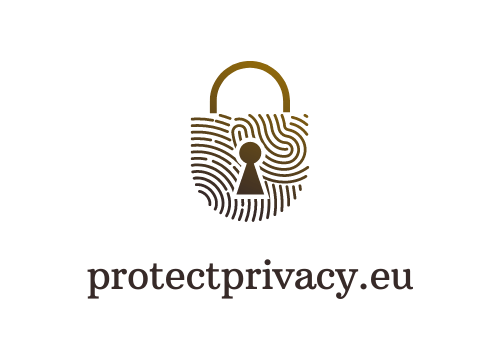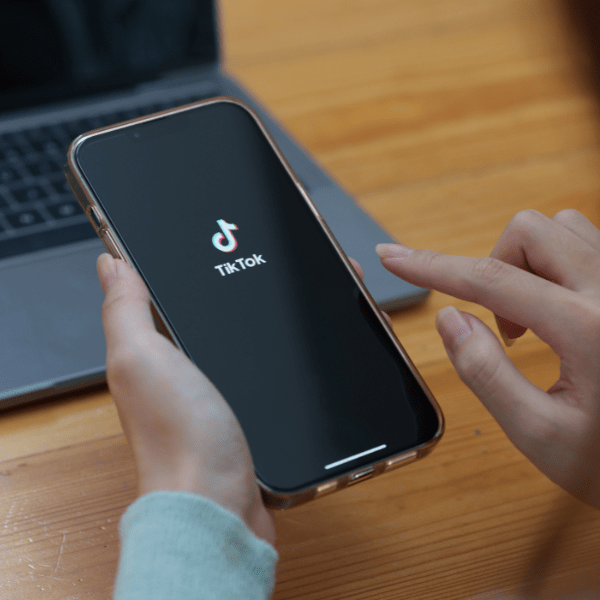Privacy and Online Shopping: Safeguarding Your Personal and Financial Information

In an era where online shopping is not just a convenience but a lifestyle, personal and financial information security becomes paramount. Every click, purchase, and transaction creates a digital trail that, if not guarded, can lead to potential risks and breaches. This article delves into the world of e-commerce, offering valuable tips and insights on how to keep your personal and financial data secure, with a special focus on virtual cards and secure payment gateways.
Understanding the Risks of Online Shopping
Navigating the Digital Marketplace Safely
Online shopping, while incredibly convenient, opens up a myriad of security risks such as identity theft, phishing scams, and unauthorized bank account access. Being aware of these threats is the first step in protecting yourself. Identity theft can occur when personal information is stolen and used to make fraudulent purchases. Phishing scams, often in the form of deceptive emails or websites, trick users into providing sensitive information. Unauthorized access to bank accounts can result from weak passwords or compromised account information.
Securing Your Personal Information
Essential Practices to Keep Your Data Safe
The cornerstone of safe online shopping is the protection of your personal information. It’s essential to use strong, unique passwords for each online account and enable two-factor authentication wherever possible. This adds an extra layer of security, significantly reducing the chances of unauthorized access. Be cautious about the personal information you share online; the less you share, the safer you are. Additionally, keeping the security software on your devices updated is crucial in defending against new types of cyber threats.

Financial Safety Measures
Virtual Cards and Secure Payment Gateways
Virtual cards and secure payment gateways are among the most effective tools for safeguarding financial data. Virtual cards offer a one-time use number for online transactions, providing a buffer between your real bank details and online merchants. This minimizes the risk of your actual card details being stolen. Secure payment gateways, used by reputable online retailers, ensure that your financial transactions are encrypted and secure. Always look for indicators of a secure payment gateway, such as ‘https’ in the website URL and padlock symbols.
Recognizing and Avoiding Scams
Staying One Step Ahead of Fraudsters
With the rise of online shopping, scams have become more sophisticated. Recognizing these scams is key to staying safe. Be wary of emails or websites that request personal information, especially if they seem urgent or too good to be true. Check the email sender’s address for authenticity and avoid clicking on suspicious links. If you encounter a potential scam, report it immediately and avoid engaging with the content.
Read Next: Personal Data Protection – Tips And Tricks For Everyday Users
Conclusion
Online shopping doesn’t have to be a risky endeavor. By taking proactive steps to protect your personal and financial information, you can enjoy the ease and convenience of e-commerce without worry. Empower yourself with knowledge and stay vigilant to ensure a secure online shopping experience.







